15% OFF
Heliconia Lady Diana (Orange), Heliconia Psittacorum
₹550.00
- Live plant along with the plastic pot.
- Plants height with pot is 24-30 inches and pot size is 6 inches diameter.
- Plants nature is outdoor-semi shade, twice in a week.
- Useful for balcony, terrace, and garden.
- Best shrub beautiful flowers, hardy and easy maintenance.
- Assured Safe Delivery With Easy Replacement.
2 in stock
Description
Heliconia Lady Diana plant
Heliconias are tropical plants related to bananas, cannas and gingers. There are about 100 different individual species, and most species then have a large number of hybrids and cultivars, with flower styles varying significantly from the original.
The heliconia flower itself holds relatively minor significance. What many individuals commonly refer to as the ‘flower‘ comprises a cluster of vibrant specialized leaves known as bracts. These bracts conceal the actual flowers within them.
Heliconia leaves resemble banana leaves to a great extent. While they typically maintain a green hue, certain leaves may exhibit a slight coloration, especially in their early stages, and occasional variations in color or patterns on the leaves and stems. Notably, some Heliconia indica cultivars showcase wildly vibrant foliage hues.
Heliconias grow from an underground system of rhizomes. Rhizomes are a type of root (the ginger that you buy in the supermarket is a piece of rhizome from the common edible ginger plant). There are pictures of heliconia rhizomes below, under ‘Rhizomes’.
Where and how to grow heliconias
Most heliconia species do not tolerate cold weather and will suffer injury when temperatures fall below 13C. The general climatic conditions required for healthy growth are warm and humid.
All of the eastern coast of Queensland, northern stretches of New South Wales, and most areas of humid Northern Territory and Western Australia are perfect for heliconia growing – the only requirement is a selection of the right cultivars.
Heliconias thrive best in zones 10-12. Zone 9 accommodates them well, except for the ultra-tropical species. In Zone 8, cold-tolerant heliconias can flourish with proper care and suitable microclimate conditions. To determine your Zone, refer to the Zone Hardiness Map page.
Most varieties of heliconias will grow well in full sun, whereas others require partial shade. They tend to grow taller if grown in shadier areas.
Heliconias prefer freely draining soils with high organic matter. They are heavy feeders and they need lots of water. They are best grown on slopes or raised beds for good drainage and they need plenty of space.
Heavy mulching is recommended to protect the soil from drying out and to enhance the soil’s organic matter. Additional irrigation is important for low rainfall areas.
Fertilisers used by home gardeners are generally chicken pellets, although complete fertilizer blends are ideal. The only significant pests for gardeners are grasshoppers, scale and mealybugs. Diseases are rare but wet feet, especially in winter, can rot the root system.
Avoid pruning your heliconias, as the ‘stem’ consists of rolled leaf bases with flowers emerging from the apex of these ‘pseudostems’. Nevertheless, each stem produces flowers just once, prompting you to remove it after flowering. It is advisable to do this to stimulate additional blooming, enhance airflow between the plant’s stems, and generally enhance its appearance by maintaining tidiness.
Rhizomes
You can propagate heliconias through rhizome division or seed cultivation, with rhizome division being the prevailing technique. Heliconias are infrequently cultivated from seeds. Not all species produce seeds, and the germination process might extend up to a year with potentially low success rates. Additionally, resulting seedlings may not exhibit the same traits as the parent plant.
Dividing rhizomes guarantees an identical plant to the parent. Propagating heliconias by division involves making a cut across a section of rhizome (ideally bearing at least one visible sucker). The cut section of the rhizome can then be transplanted to a new location. The planted rhizomes usually sprout within two months.
The size and weight of Heliconia rhizomes vary depending on the species or variety. Smaller species, such as psittacorum rhizomes, may weigh only 50 to 70g. Rhizomes of large Heliconias like caribaea varieties may weigh 300g to 700g and more.
Additional information
| Weight | 1 kg |
|---|---|
| Dimensions | 15 × 15 × 91 cm |
You may also like…
Reviews (0)
You must be logged in to post a review.

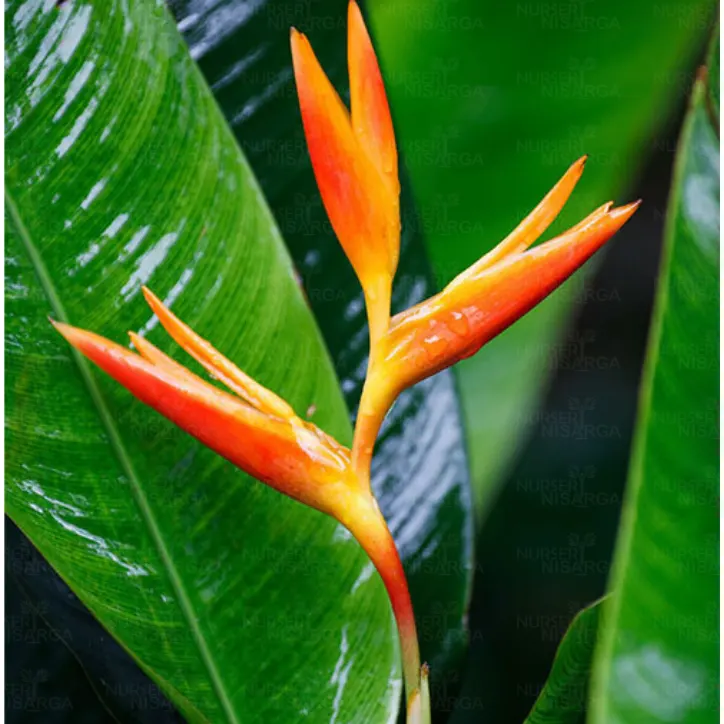
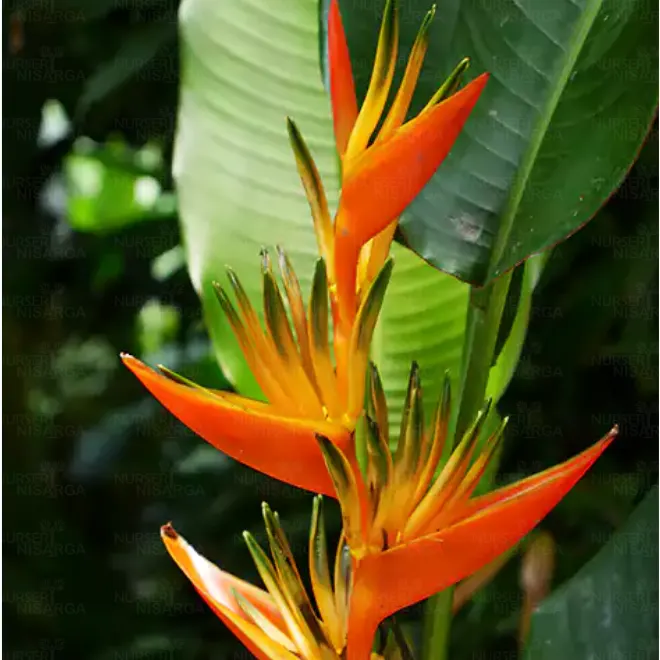

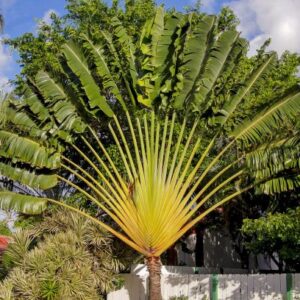
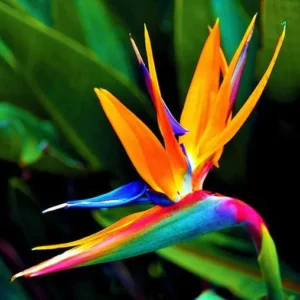
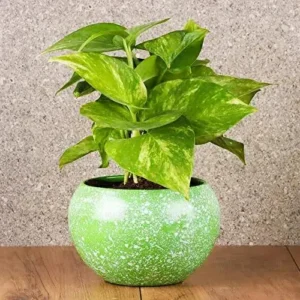
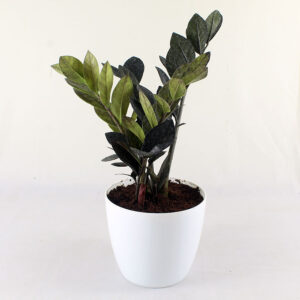
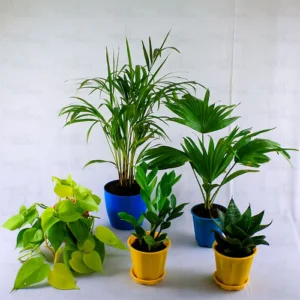
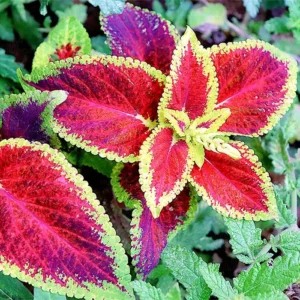
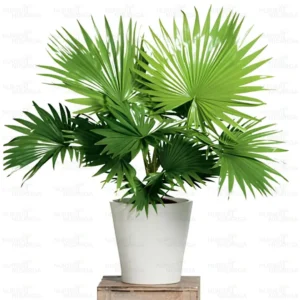
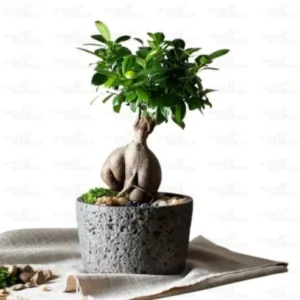
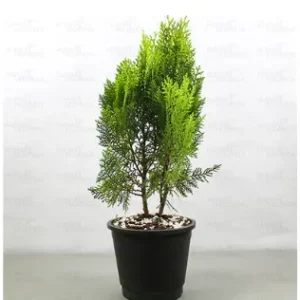
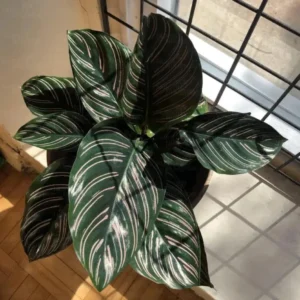
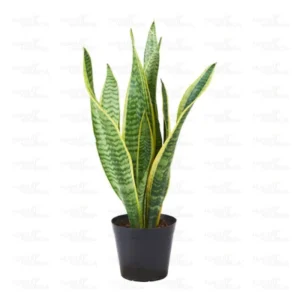
Reviews
There are no reviews yet.